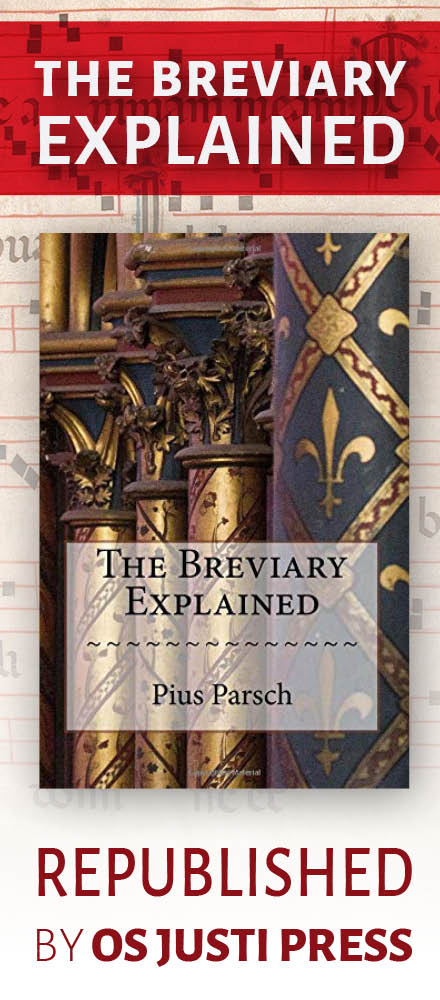Recently we showed you some of the work of Stuflesser Studios in Italy, including some lovely bronzes:

One of the artisans at Stuflesser -- in fact, one of the Stuflesser family itself -- after I commented on these, offered to provide a technical description of their studio's process for casting such statuary. I very gladly took them up on this offer. They also very kindly provided some photographs of the process.
At Ferdinand Stuflesser 1875 we have a history of 5 generations. In our long history we have been casting altars, bronze statuary and bronze doors for cathedrals, churches and chapels throughout the world, always modeled to our customer’s wishes and cast with the finest bronze with the ancient system of lost wax.
Bronze is ideal for casting art work; it flows into all crevices of an artistic mould, thus perfectly reproducing every detail of the most delicately modeled sculpture. Bronze is used to designate alloys of copper with zinc, pewter and sometimes other smaller components. The Egyptians used bronze, cast and hammered, for utensils, armour, and statuary far in advance of the Bronze Age in Europe. The Greeks were un-excelled in bronze sculpture. The Romans took quantities of bronze statues from Greece and made thousands themselves. They employed bronze for doors and for furniture and candelabra, using the same procedure as we still use at our Stuflesser workshops now, more than 2000 years later.
The system of lost wax is the sculptural process of metal casting. As always, we start out with a small clay model, modeled to the clients wish. As we get the clients okay to proceed, our sculptors and artists create a solid and light structure in polystyrene. On top of this structure the actual art work is done, the sculpture is formed in soft clay, based on the small clay model in scale. A “negative” of this clay sculpture is taken in order to remake a “positive” in pure wax. This wax sculpture is then covered with a perforated clay mould. While heated in a giant oven for 10 days, the mould will “lose” the wax (hence the name of the method) as it runs out of the holes. Molten lead (bronze) is then poured into the space formerly occupied by the wax. After cooling of the work, the sculptor breaks the mould, removes the core, and polishes the metal art work. All that remains of this 4 to five month time procedure is the Sculpture in bronze, a metal layer only ¼ inch thick. Different types of patina can be applied. The most important advantage of the lost-wax method is that it eases the casting of a sculpture with elaborate curves and it definitely underlines the art work itself through its antique and noble procedure.
The Process in Pictures
(As seen in the Studio of Stuflesser)

First Step: A miniature clay model in scale is created according to the specifications of those commissioning the bronze statuary

Second Step: A polystyrene structure in the actual size of the sculpture is created, everything accordingly to the small clay model which you recognize in the back.

Third Step: On top of the polystyrene, the sculpture is modeled in clay in every detail and perfect proportions.

Fourth Step: in order to reproduce the clay sculpture in wax, through a complicated procedure, all the details are taken through different negatives (as depicted).

Fifth Step: A final check at the perforated clay mould with the wax sculpture inside. Now the sculpture will go inside the oven for 10 days where the mould will lose the wax since this is melting away.

Sixth Step: After the heat of the oven the mould is buried under a clay and sand mixture in order to endure the hot bronze casting. Now the molten lead is poured into the space formerly occupied by the wax.

Seventh Step: After un-burying the sculpture from the ground the cleaning procedure is started. Only at this point the sculpture is finished, getting now protected and embellished by the patina of the client's wish.

Detail of the completed statue
Those interested in this process, or the work of Stuflesser generally, may be interested in visiting their website, or contacting them by email at info@stuflesser.com.




















